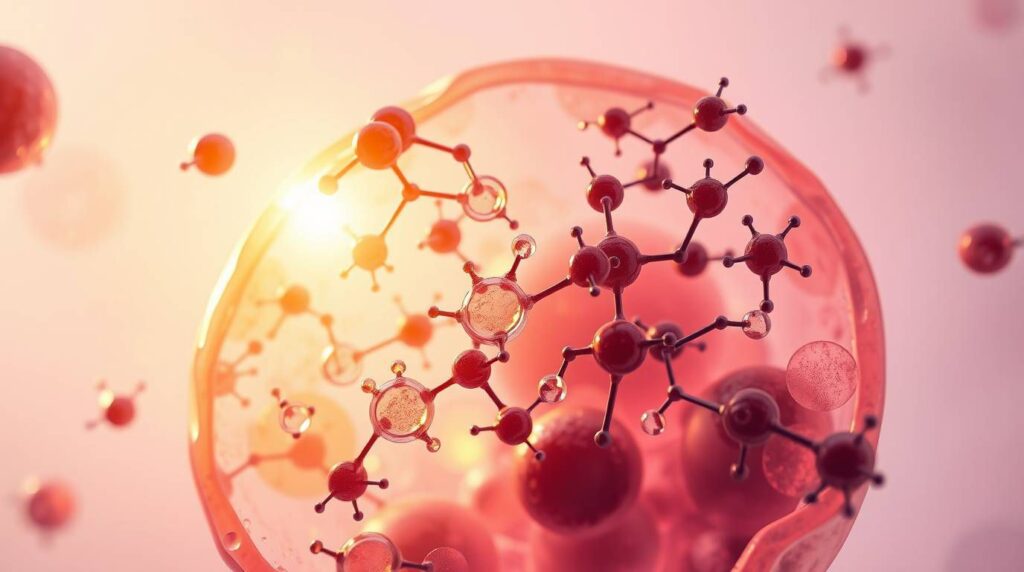How Do Enzymes Control Metabolism 2025
How Do Enzymes Control Metabolism 2025
Enzymes are the unsung heroes of metabolism—tiny biological catalysts that drive every chemical reaction in the body with precision and efficiency. Without them, life as we know it wouldn’t exist. In 2025, our understanding of enzymes and their control over metabolic processes has deepened through advances in biotechnology, genetics, and molecular medicine.
Book-Level Explanation (University Standard)
Metabolism refers to all chemical reactions that occur within living organisms to maintain life. These reactions are divided into two categories:
- Catabolism – the breakdown of molecules to release energy
- Anabolism – the synthesis of compounds needed by cells
Enzymes are biological catalysts—mostly proteins—that speed up metabolic reactions by lowering the activation energy required for the reaction to occur. They are highly specific to substrates and operate under optimal pH and temperature conditions.
1. Enzyme Structure and Function
Each enzyme has an active site that binds to a specific substrate. This interaction forms an enzyme-substrate complex, which then undergoes transformation into a product. After the reaction, the enzyme remains unchanged and ready to catalyze another reaction.
2. How Enzymes Regulate Metabolism
Enzymes control metabolism through various mechanisms:
- Allosteric Regulation: Enzymes can have binding sites other than the active site called allosteric sites. When molecules bind here, they can enhance or inhibit enzyme activity, thereby controlling the metabolic rate.
- Feedback Inhibition: This is a classic metabolic control mechanism. When the end product of a metabolic pathway accumulates, it can inhibit an enzyme involved earlier in the pathway, thereby slowing or halting the reaction chain.
- Cofactors and Coenzymes: Many enzymes require non-protein molecules to function. These can be metal ions (cofactors) or organic molecules like vitamins (coenzymes).
- Gene Expression: The synthesis of enzymes can be regulated at the transcriptional or translational level, determining how much of an enzyme is present in a cell at a given time.
- Compartmentalization: In eukaryotic cells, different enzymes are localized in specific organelles (e.g., mitochondria, lysosomes), which keeps reactions organized and tightly controlled.
3. Enzymes and Metabolic Pathways
Metabolic reactions occur in sequences called pathways. Each step is catalyzed by a specific enzyme. For instance:
- Glycolysis: The breakdown of glucose involves 10 enzyme-catalyzed steps.
- Krebs Cycle: In the mitochondria, this cycle processes products of glycolysis to generate ATP.
Key regulatory enzymes in these pathways determine the rate and direction of metabolism.
4. Enzyme Kinetics
Michaelis-Menten kinetics describe how enzyme activity depends on substrate concentration: v = \frac{{V_{\text{max}}[S]}}{{K_m + [S]}}
Where:
- = rate of reaction
- = maximum rate
- = substrate concentration
- = substrate concentration at which reaction rate is half of
Changes in these parameters help explain how drugs, mutations, or inhibitors affect metabolic control.




Easy Explanation (Simple and Clear)
Think of metabolism like a factory. In this factory, you have many assembly lines working at once—some build things (anabolism), and others take things apart (catabolism) to get energy. Now, who’s doing all the work? That’s right—enzymes!
Here’s the simple idea:
- Enzymes are like smart workers or machines in your body’s factory.
- Each enzyme does one job—very quickly and very accurately.
- If an enzyme isn’t working right, the whole system slows down or stops.
How do they help?
- They make reactions go faster. Imagine needing to break a log—it would take hours by hand. But if you had an axe (the enzyme), it would be quick and easy.
- Enzymes choose what happens and when. They only work on specific jobs and ignore everything else.
- Some enzymes turn “on” or “off” depending on what the body needs, just like machines that only run when needed.
Real-life example:
When you eat, enzymes in your saliva, stomach, and intestines break down food into sugars, amino acids, and fats. Then, other enzymes help turn those nutrients into energy for your muscles, brain, and everything else.
Scientific Developments in 2025
Modern research uses AI-based modeling to understand enzyme function and predict metabolic disorders. Synthetic biology now allows scientists to engineer enzymes with altered functions for industrial and medical applications. CRISPR-based tools also enable precise regulation of enzyme production, offering new treatments for metabolic diseases.
Final Thoughts
Enzymes are the master regulators of life’s chemistry. They control metabolism by determining which reactions happen, how fast they occur, and when they stop. As we move further into the molecular era of medicine and biotechnology, understanding how enzymes control metabolism will become increasingly crucial to solving diseases and optimizing health.
External Reference Link:
For a deeper understanding, visit the Wikipedia page on enzymes:
https://en.wikipedia.org/wiki/Enzyme
Internal Blog Recommendations from EdgyThoughts.com:
- Why Do Cells Age and Die 2025
https://edgythoughts.com/why-do-cells-age-and-die-2025 - How Does Dopamine Influence Motivation 2025
https://edgythoughts.com/how-does-dopamine-influence-motivation-2025
Disclaimer:
The simplified explanation above is designed to help you understand the concept clearly. However, for exams or academic submissions, always rely on the full, textbook-level content. We aim to help you learn, not to provide shortcuts that could impact your scores.
How Do Genes Influence Traits 2025
https://edgythoughts.com/how-do-genes-influence-traits-2025/
What If Black Holes Are Portals to New Realms 2025
https://edgythoughts.com/what-if-black-holes-are-portals-to-new-realms-2025/






One Comment